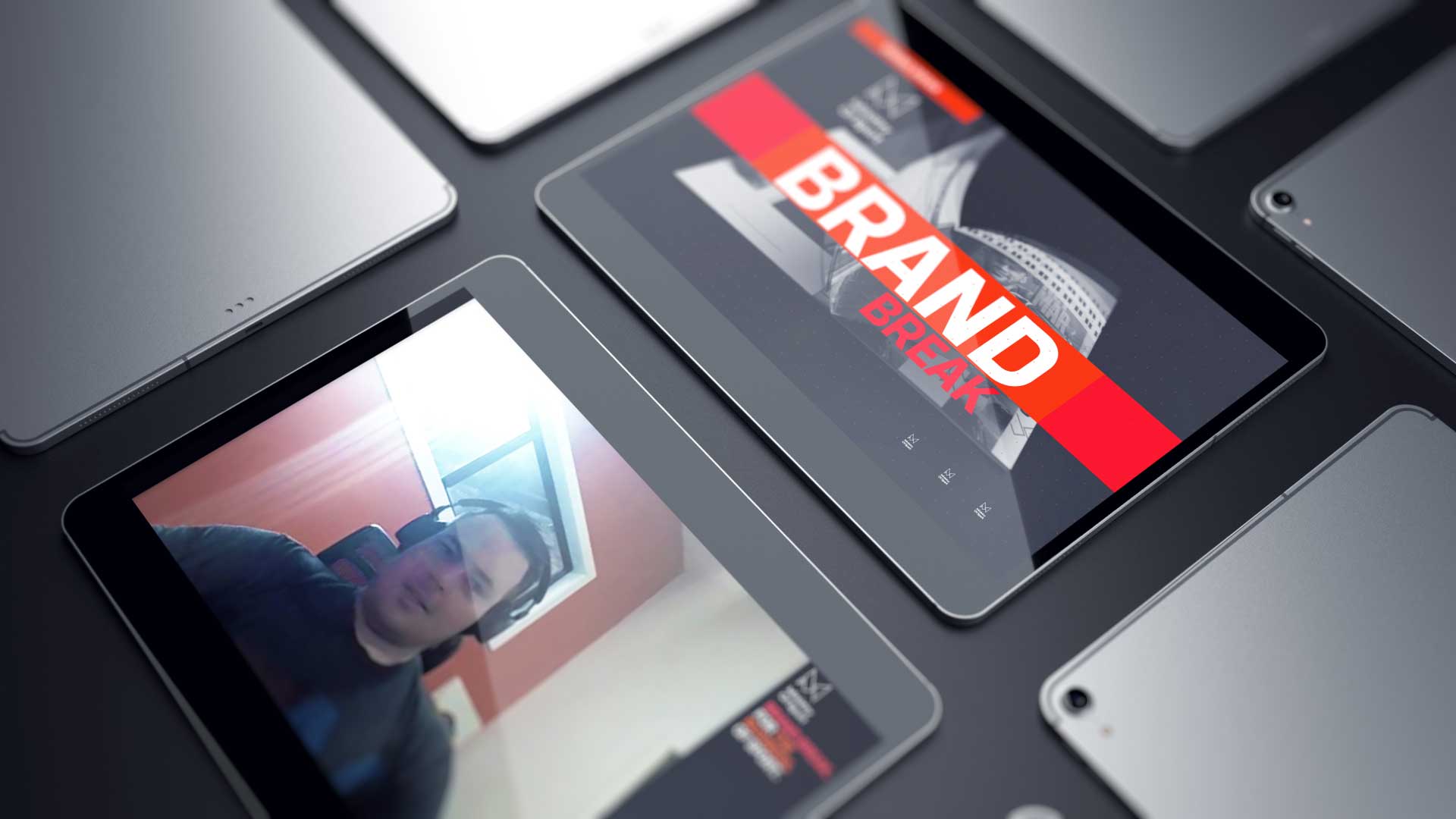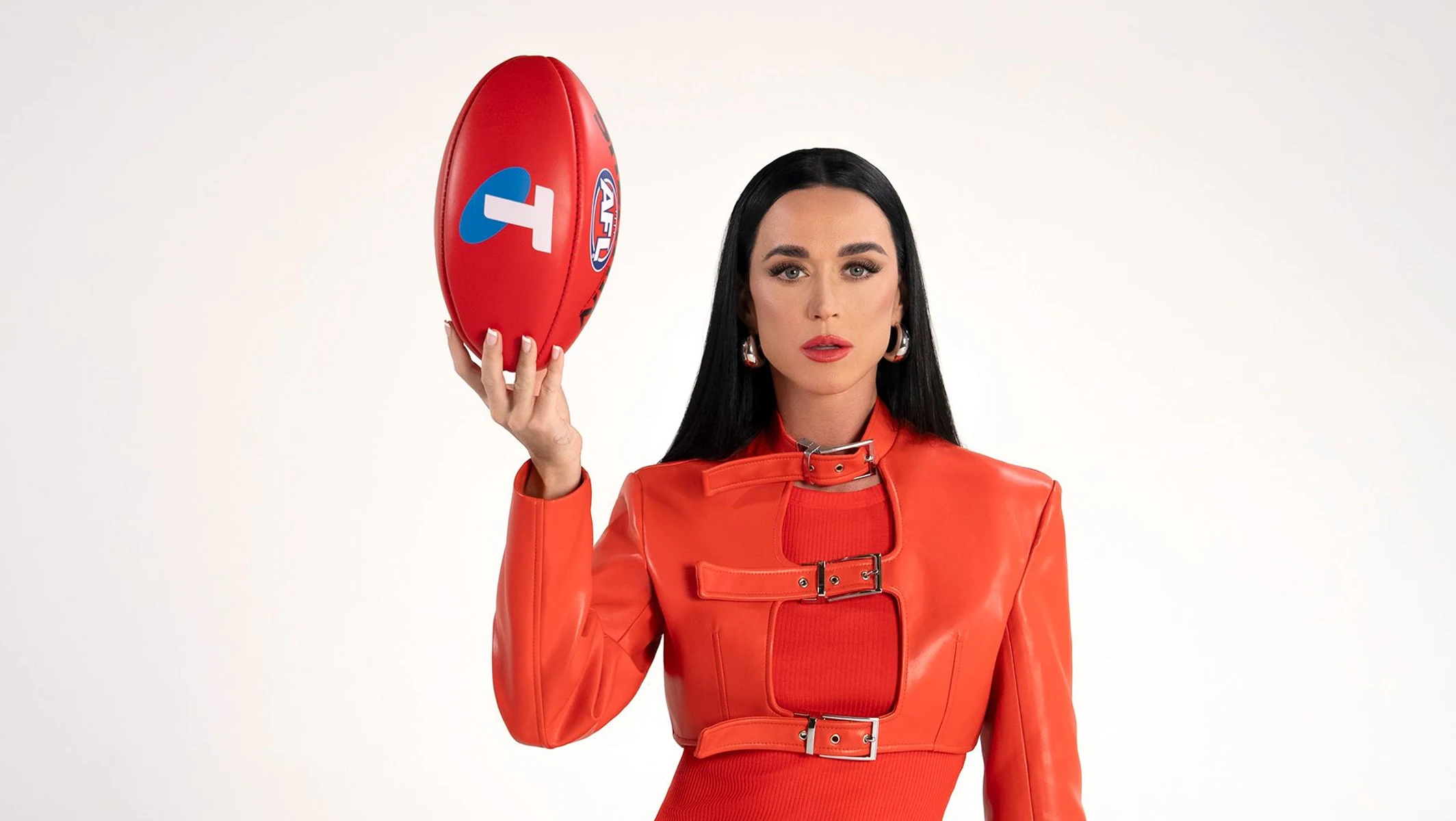Following the announcement of the acquisition of Fusion Sport’s SmartSpeed timing gate system, VALD CEO, Laurie Malone, spoke with Ministry of Sport on the evolving nature and application of data in sport.
Discussing the acquisition of SmartSpeed, Malone said VALD has seen a large increase in reach and sales since the addition.
“Markus Deutsch, the CEO and co-founder of Fusion Sport and I have known each other since VALD started, we’re both Brisbane-based global sports tech companies,” Malone tole Ministry of Sport.
“We were having a chat about their vision going forward and they have a big focus on Smartabase, which is their software athlete management system, and they were talking about selling the hardware timing gate part of their business.
“Initially, it made a lot of sense and as we did some due diligence on the transaction, it made more and more sense.
“It worked really well for them and its one of those transactions where it is actually a win-win.
“A lot of people say it’s win-win, when its not, but in this situation, it’s been quite good.
“We have a whole team here that works on hardware software integrations over eight product lines, so we’re in a great position to leverage where the future of timing gates are,” he said.
Reflecting broadly on the growth of sports data technology since the start of the COVID-19 pandemic, Malone said the evolution of the industry has allowed for greater access for all to high-end performance technology.
“We’ve gone through the phases of Moneyball where we picked athletes, sold, traded or recruited athletes based of in-game statistics like how many bases they got on,” Malone said.
“Over the last 24 months, we’ve gone from just in-game statistics to the physical characteristics of an individual, and we’ve gone beyond just weight, height, how high can they jump.
“That’s two-fold, one is at the top end the head coaches, recruiters and general managers want more data and they’ve seen the success of the in-game statistics and they want the off-field statistics.
“We’ve combined that with the democratisation of technology, so the types of technologies we provided five years ago were too expensive or too cumbersome to be able to use in the field outside of a university.
“It’s two massive tailwinds, it’s the top end wanting the data, and then the democratisation of the data.
“As a result of that, we’ve now got athletes that know what their key characteristics are, when they walk up to one of our bits of tech, they know what they were at last time and they want to better themselves.
“The athletes are taking a lot of ownership of that and we see that when they get traded, they want to take the previous data to their new organisation, it’s almost like a performance passport,” he said.
When asked where the industry can go next after this development, Malone said: “From a data collection perspective, because we have democratised it, we can collect all the data we need now, the next frontier is what do we do with all of this data.”
“We’ve got data coming in everywhere, we’ve got it on our Apple watches, we’ve got it on our phones, we’ve got it coming in everywhere.
“We’ve got researchers who research very narrow parts of it like hamstrings or groins or shoulders, so now it’s about bringing that all together.
“No athlete is trained in isolation, you don’t just train their hamstrings, so whether it’s the research being done a broader scale and the data visualisation on a broader scale, we need to understand how these things work together and that’s the future of the next two or three years, and that’s the exciting part.
“We’ve got the individual factors right, how do we make a multi-variant assessment of an individual,” he said.
Providing a recommendation for sporting organisations to see the most success outcomes from engaging with sports data technology, Malone said it is essential for organisations to have a collective approach.
“Having the whole organisation agree on a strategy and not just the strength department or the medical department or the tactical coaching department,” Malone told Ministry of Sport.
“In my role as a board member of the Queensland Academy of Sport, my number one advice is we need to all be on the same page, from a data collection and visualisation perspective.
“The minute we do that, the athlete benefits, because everyone helping that athlete is seeing the same objective data.
“The number one thing is having an organisation-wide philosophy, once you do that, yes there will be naturally competitive tensions on philosophies, but once you do that, most of the other problems we see subside,” he said.





